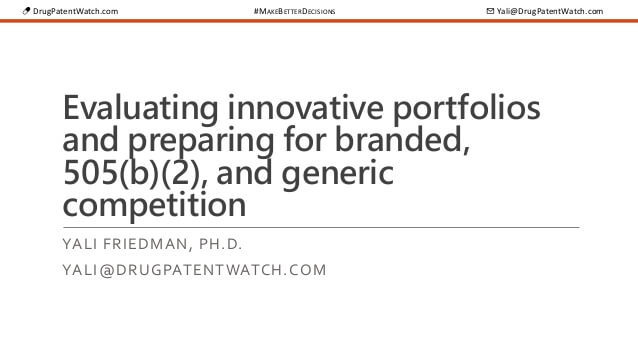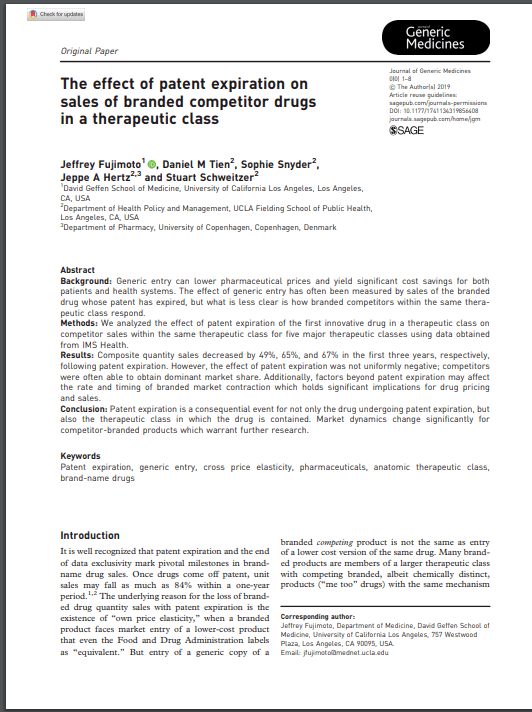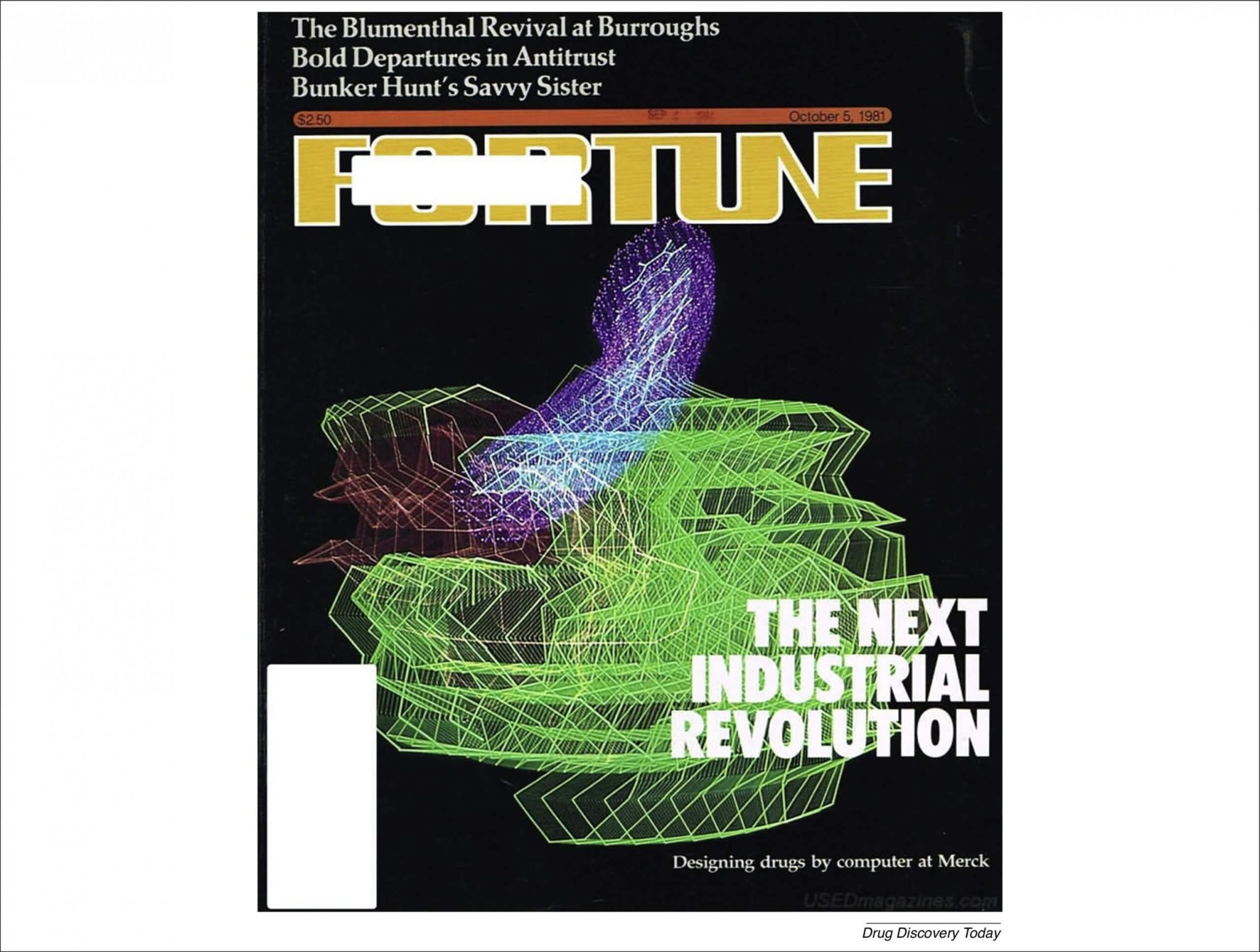Imagine a world where life-saving treatments are both cutting-edge and affordable—where innovation doesn’t come with a prohibitive price tag. That’s the promise of biosimilars, the close cousins of biologic drugs that are shaking up the pharmaceutical landscape. But how do these newcomers influence the complex web of biologic drug reimbursement models? If you’re a business professional navigating this terrain, understanding this shift could be your key to turning data into market domination. Let’s dive into the transformative impact of biosimilars, exploring how they’re rewriting the rules of reimbursement, driving cost savings, and reshaping strategies for payers, providers, and patients alike.
What Are Biosimilars and Why Do They Matter?
Biosimilars are like the understudies in a blockbuster play—highly similar to the star biologic drugs but not exact replicas. Derived from living organisms, biologics treat everything from cancer to autoimmune diseases, often costing tens of thousands of dollars annually. Biosimilars, however, enter the stage after the original biologic’s patent expires, offering a more affordable alternative with no clinically meaningful differences in safety or efficacy. Their arrival isn’t just a scientific milestone; it’s a financial game-changer.
Why should you care? Because biologics account for a staggering portion of healthcare spending—46% of U.S. drug expenditures in 2021, despite being used by less than 2% of Americans. With biosimilars promising lower costs, they’re poised to disrupt how payers reimburse these therapies, making them a critical piece of the puzzle for anyone aiming to dominate the healthcare market.
The Evolution of Biologic Reimbursement Models
Historically, biologic reimbursement has been a high-stakes balancing act. Payers—think Medicare, private insurers, and pharmacy benefit managers (PBMs)—rely on models like “buy-and-bill” or fee-for-service to cover these pricey drugs. Providers purchase biologics, administer them, and then bill insurers at a markup, often calculated as the Average Sales Price (ASP) plus a percentage (e.g., 6% for Medicare Part B). It’s a system that worked when biologics were the only game in town, but it wasn’t built for competition.
Enter biosimilars. Their lower price tags challenge this status quo, forcing payers to rethink how they structure payments. Are traditional models still viable, or do we need a reboot? The answer lies in how biosimilars are reshaping the financial incentives at play.
How Biosimilars Challenge Traditional Models
Picture this: a provider can choose between a $10,000 biologic and a $7,000 biosimilar. Under the ASP+6% model, the reimbursement for the biologic might be $10,600, while the biosimilar nets $7,420. The provider’s profit margin shrinks with the cheaper option, creating a perverse incentive to stick with the pricier original. This misalignment highlights a core tension—biosimilars save payers money, but providers may resist unless reimbursement adjusts to level the playing field.
Cost Savings: The Biosimilar Promise
Let’s talk numbers. Biologics cost Medicare Part B and its enrollees over $32 billion annually. A 2023 report found that biosimilars reduced costs in this program by driving down both reference product and biosimilar prices—an effect amplified as competition heats up. Take infliximab: after biosimilars entered, its reference product price dropped, saving Medicare millions. Across the U.S., biosimilars are projected to save $133 billion by 2025, according to the Association for Accessible Medicines.
But here’s the kicker: savings don’t happen automatically. They depend on uptake—how many providers and patients switch to biosimilars. And that’s where reimbursement models come into play, either accelerating or stalling this cost-cutting potential.
Real-World Examples of Savings
Consider trastuzumab, a cancer-fighting biologic. Its biosimilars slashed prices by up to 82% within three years of launch, boosting patient access and cutting payer costs. In Ontario, Canada, mandatory biosimilar substitution for drugs like infliximab could save up to $645.9 million over three years if priced at 25% of the original. These examples show what’s possible when reimbursement aligns with biosimilar adoption.
Reimbursement Adjustments in the Biosimilar Era
Payers aren’t sitting idle. They’re tweaking reimbursement to encourage biosimilars. In 2018, the Centers for Medicare & Medicaid Services (CMS) shifted gears, assigning unique billing codes (HCPCS) to each biosimilar rather than lumping them under one code. Why? To track usage and incentivize development—separate codes mean separate ASPs, potentially making biosimilars more attractive to providers.
Alternative Reimbursement Models
Some propose bolder changes. Imagine a model where payers offer “extra consideration”—a bonus payment to providers choosing biosimilars, equalizing their net income with biologics. A study on oncology biosimilars like rituximab found this could flip economic incentives, driving a 15% reduction in care costs per episode. It’s like tipping the scales to favor affordability without sacrificing quality.
Barriers to Biosimilar Adoption
So, why isn’t everyone jumping on the biosimilar bandwagon? Barriers abound. Providers often face financial disincentives, as we’ve seen. Patients and physicians may distrust biosimilars, fearing they’re “knockoffs”—a 2016 survey showed 55% of U.S. physicians doubted their safety. Then there’s the rebate trap: manufacturers of original biologics offer hefty discounts to payers, keeping biosimilars off formularies.
The Rebate Trap Explained
Here’s how it works: a biologic maker tells an insurer, “Cover our $10,000 drug exclusively, and we’ll rebate you $2,000.” The biosimilar, at $7,000 with no rebate, looks less appealing to the payer, even though it’s cheaper upfront. This tactic locks in high-cost drugs, thwarting biosimilar gains—a hurdle reimbursement models must overcome.
The Role of Policy in Shaping Reimbursement
Governments are stepping in. The U.S. Biologics Price Competition and Innovation Act of 2009 paved the way for biosimilars, but policies like the Advancing Education on Biosimilars Act of 2021 aim to boost uptake through awareness. In Europe, mandatory substitution policies have slashed biologic costs—could the U.S. follow suit? CMS’s push for site-neutral payments also nudges providers toward cost-effective options.
Lessons from Europe
Across the pond, the UK saved £210 million in 2017-2018 by switching to biosimilars like etanercept. Their secret? Clear reimbursement incentives and provider education. The U.S. could borrow a page from this playbook, aligning payments to prioritize savings over rebates.
Impact on Providers: A Double-Edged Sword
For providers, biosimilars are a mixed bag. Lower reimbursement margins can squeeze profits, especially in 340B hospitals thriving on biologic markups. Yet, biosimilars also streamline care—cheaper drugs mean more patients treated, potentially boosting volume. A 2023 study showed biosimilar use cut total care costs by $1,193 per episode, hinting at long-term financial wins.
Patient Access: The Ultimate Goal
At the heart of this shift is the patient. Biosimilars promise lower out-of-pocket costs—vital when biologics can exceed $100,000 yearly. A 2024 study found biosimilars reduced patient expenses compared to reference drugs, opening doors for those previously priced out. Reimbursement models that prioritize biosimilars could amplify this, making therapies accessible to millions more.
A Patient’s Perspective
Meet Jane, a rheumatoid arthritis patient. Her biologic costs $40,000 annually, with a $5,000 copay. A biosimilar drops that to $25,000, cutting her copay to $3,000. That $2,000 savings could mean fewer missed doses—or even starting treatment she couldn’t afford before. Multiply that by millions, and you see the stakes.
Payer Strategies for Biosimilar Integration
Payers hold the reins. They’re crafting strategies like tiered formularies, where biosimilars sit in preferred slots with lower copays, nudging providers and patients toward them. Some negotiate directly with biosimilar makers for discounts, bypassing the rebate game. Others pilot shared-savings models, splitting biosimilar gains with providers.
Innovative Payer Moves
Blue Cross Blue Shield, for instance, rolled out a biosimilar-first policy for certain drugs, slashing costs by 20% within a year. It’s a bold move that proves payers can lead the charge—turning data into dollars through smart reimbursement design.
The Economic Ripple Effect
Biosimilars don’t just trim drug budgets; they ripple through healthcare. Lower costs free up funds for innovation—new drugs, better facilities. A RAND report pegs biosimilar savings at $54 billion from 2017-2026, a drop in the bucket against total biologic spending but a catalyst for broader efficiencies.
Competitive Dynamics in the Market
Competition is heating up. Biosimilars force biologic makers to lower prices—bevacizumab’s price fell 82% post-biosimilar launch. This price war benefits payers and patients but pressures manufacturers to innovate or consolidate. The market’s shifting—will you ride the wave or get left behind?
A Manufacturer’s Dilemma
Pfizer, a biosimilar pioneer, saw its infliximab biosimilar struggle against rebate-heavy competition. Yet, their persistence paid off as uptake grew, proving that strategic pricing and payer partnerships can crack the market open.
Technology’s Role in Optimizing Reimbursement
Data is king. Advanced analytics help payers model biosimilar impacts, predict savings, and tweak reimbursement in real-time. Machine learning could even spot patterns in uptake, guiding policy. Imagine a dashboard showing live cost savings—technology turns raw numbers into actionable dominance.
The Future of Biosimilar Reimbursement
Where are we headed? Expect more tailored models—think value-based payments tying reimbursement to outcomes, not just drug choice. As biosimilars proliferate (10+ molecules face competition by 2027), flexibility will be key. The goal? A system where cost, quality, and access align seamlessly.
Expert Predictions
Dr. John Smith, a healthcare economist, predicts, “By 2030, biosimilars could dominate 70% of biologic markets if reimbursement catches up. It’s a race between policy and profit.” His words underscore the stakes for business leaders watching this space.
Turning Data into Market Domination
Here’s the clincher: biosimilars hand you a treasure trove of data—cost trends, adoption rates, patient outcomes. Analyze it right, and you’re not just saving money; you’re outpacing competitors. Whether you’re a payer optimizing formularies or a provider maximizing volume, this is your shot to lead.
“Biosimilars are the unsung heroes of healthcare affordability—unlocking their potential through reimbursement is how we win.”
— Adapted from a 2023 OIG report on Medicare Part B savings.
Key Takeaways
- Cost Revolution: Biosimilars drive down biologic prices, with potential U.S. savings of $133 billion by 2025.
- Reimbursement Shift: New models like unique billing codes and shared savings are aligning incentives for adoption.
- Access Boost: Lower costs mean more patients get treated, reshaping healthcare equity.
- Market Power: Smart data use turns biosimilar trends into competitive advantage.
- Policy Matters: Government and payer strategies will dictate how fast this transformation unfolds.
The biosimilar wave is here. Will you surf it to market domination, or watch from the shore? For business professionals, the choice is clear—dive into the data, adapt reimbursement strategies, and lead the charge toward a more affordable, accessible future.
FAQs
- How do biosimilars differ from generic drugs in reimbursement?
Biosimilars aren’t exact copies like generics, so they require unique billing codes and can’t be auto-substituted unless deemed interchangeable, complicating reimbursement compared to small-molecule generics. - Why don’t all providers embrace biosimilars?
Financial incentives often favor pricier biologics under current models, plus skepticism about efficacy and safety slows adoption—education and policy shifts are key to change. - Can biosimilars really save billions?
Yes, projections like $133 billion by 2025 show their potential, but only if uptake increases—reimbursement tweaks and payer strategies will make or break that goal. - What’s the biggest hurdle for biosimilar reimbursement?
The rebate trap—where biologic makers lock in high-cost drugs with discounts—keeps biosimilars out, requiring innovative payment models to counter it. - How can businesses leverage biosimilars for dominance?
By mastering data on cost savings, adoption trends, and patient outcomes, you can optimize strategies, outpace rivals, and shape market dynamics.
Cited Sources
- Office of Inspector General, U.S. Department of Health and Human Services. “Data Snapshot: Biosimilar Cost and Use Trends in Medicare Part B,” 2024.
- Association for Accessible Medicines. “The Impact of Biosimilars on U.S. Healthcare Costs,” 2023.
- IQVIA. “Biosimilars in the United States 2023-2027,” 2023.
- PMC. “Greater uptake, an alternative reimbursement methodology needed to realize cost-saving potential of oncology biosimilars in the United States,” 2023.
- PMC. “Projected impact of biosimilar substitution policies on drug use and costs in Ontario, Canada,” 2023.
- RAND Corporation. “Biosimilars: Estimated Savings in the U.S. Healthcare System,” 2017.






















